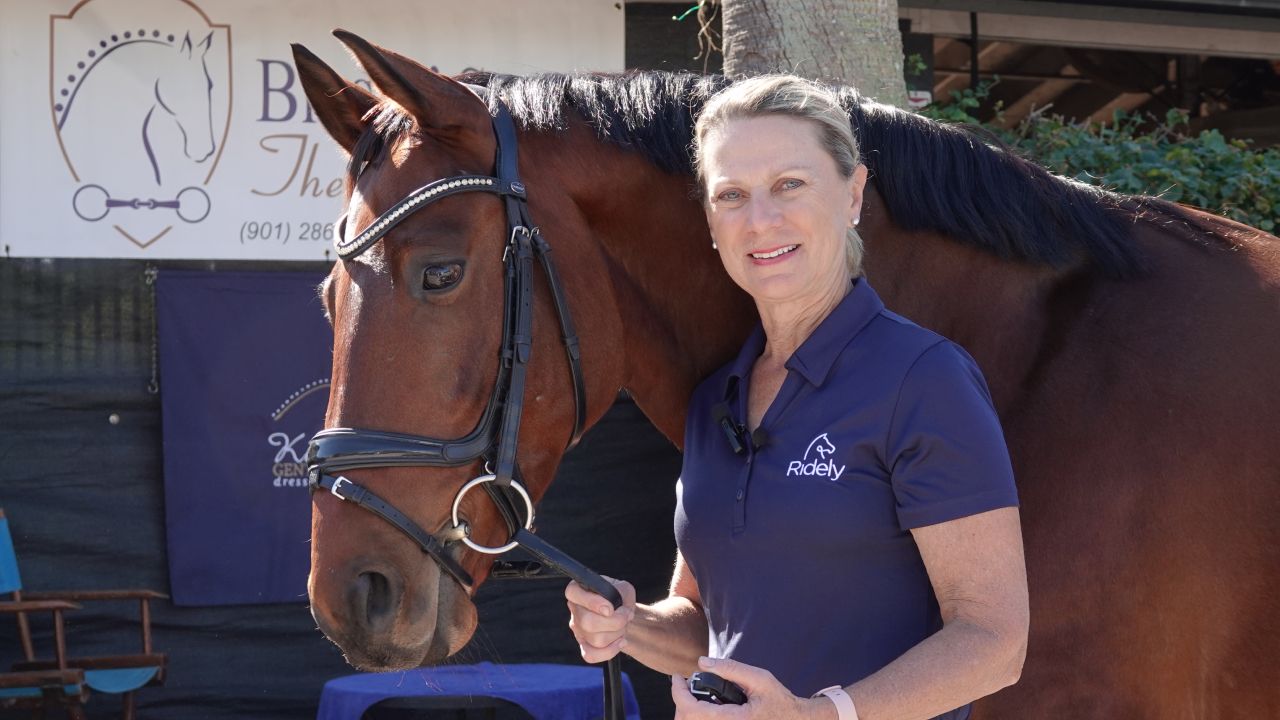How to Ensure Your Horses’ Bit and Bridle Fit Correctly

Proper bit and bridle fitting is crucial for your horse’s comfort and performance. An ill-fitting bit and bridle can cause discomfort, resistance, and behavioural issues, making your riding experience challenging and effecting the horse’s wellbeing.
Why is Bit Fitting Important?
Correct bit fitting is essential for enhancing your horse’s comfort, health, and overall performance and it is recommended to include bit fitting and regular dental care into your horses health care routine.

Here’s why getting the fit right is so important:
Comfort and Wellbeing
A well-fitted bit ensures your horse’s mouth is comfortable, preventing any discomfort. This leads to a happier, healthier horse who is eager to work with you.
Effective Communication
In some disciplines, the bit is a vital tool for communication between you and your horse. When it fits correctly, your signals are clear and precise, allowing you as a rider to provide subtle but effective aids for communication.
Optimal Performance
A comfortable horse is a high performing horse. With the right bit fit, your horse can move freely and respond positively to your cues, enhancing performance in both training and competition.
Positive Behavior
Proper bit fitting can prevent behavioral issues such as head tossing or resistance. A horse that feels good in its bit is more likely to present with calm and willing behaviour.
To learn about correctly fitting a bit, check out this video below with certified bit and bridle fitter, Kim Gentry.
How to Measure Your Horse’s Bit Size
To measure the horse correctly, there are a range of methods you can use. A bit fitting measuring stick or a piece of soft wood rod are common methods that are used to measure the size of a bit required for the horse.
To measure the horses mouth using one of these devices, simply place the device into the horse’s mouth as you would with a bit. It is important not to push the device into the side of the horse’s mouth as this can cause damage to the palate.
Once you have the device in the horse’s mouth, use your thumb to mark the edge of their mouth. This will be a mark for you to measure the distance between and this will equate to the sizing of the bit. If you are using a dedicated bit measuring stick, it should have the measurements on the device for ease of use and measurement.
To learn more about achieving the correct size bit for your horse, watch this video with certified bit and bridle fitter, Kim Gentry on ‘How to Measure a Horse’s Mouth for Correct Bit Sizing‘ in the Ridely App.
Single vs. Double Jointed Bits: Which is Right for Your Horse?
Choosing between a single jointed and a double jointed bit depends on your horse’s needs and your riding style.
Single Jointed Bits
Single jointed bits are very popular and have more action than the straight-bar bits. A single joint bit works more so on the sides of the tongue in a nutcracker-type fashion. Many horses actually prefer the single jointed bits because they relieve the pressure on the middle of the tongue. The bit sits quieter in a horse’s mouth, however they may not work if your horse has a low palate.
Double Jointed Bits
Double jointed bits are bits made of three pieces in the mouth and are extremely popular. There are many variations of double jointed bits and the main intention for their design was for them to be ‘softer’ and change the pressure points on the tongue, bars and palate.
For more insights, explore Ridely’s videos on different types of bits with certified bit and bridle fitter, Kim Gentry, where she discusses the pros and cons of single and double jointed bits.
What is an Anatomical Bridle?
An anatomical bridle is a bridle designed to follow the natural shape of your horse’s head, reducing pressure points and increasing comfort for ultimate fit.
Important aspects of an anatomical bridle:
- Cut out around the ears
- Pressure relief points through stamping
- Anatomy focused to relieve pressure in the right places
- There are a large range of anatomical bridles on the market, it is important to learn about the individual designs and core points that make the biggest difference to comfort
Anatomical bridles can improve your horse’s performance by allowing freer movement and reducing resistance. Not all anatomical bridles are the same and it is really important to know the difference in order to choose the most comfortable one for your horse’s individual head shape.
Join Kim Gentry as she discusses a range of anatomical bridle options and provides some examples on what you need to look for, learn more about the benefits of an anatomical bridle and how to choose the right bridle for your horse in Ridely’s exclusive video on the importance of anatomical bridles.
As a rider, owner or trainer, taking the time to understand these key aspects of bit and bridle fitting is a crucial learning opportunity so you can ensure your horse is comfortable, responsive, and ready to perform at its best.



